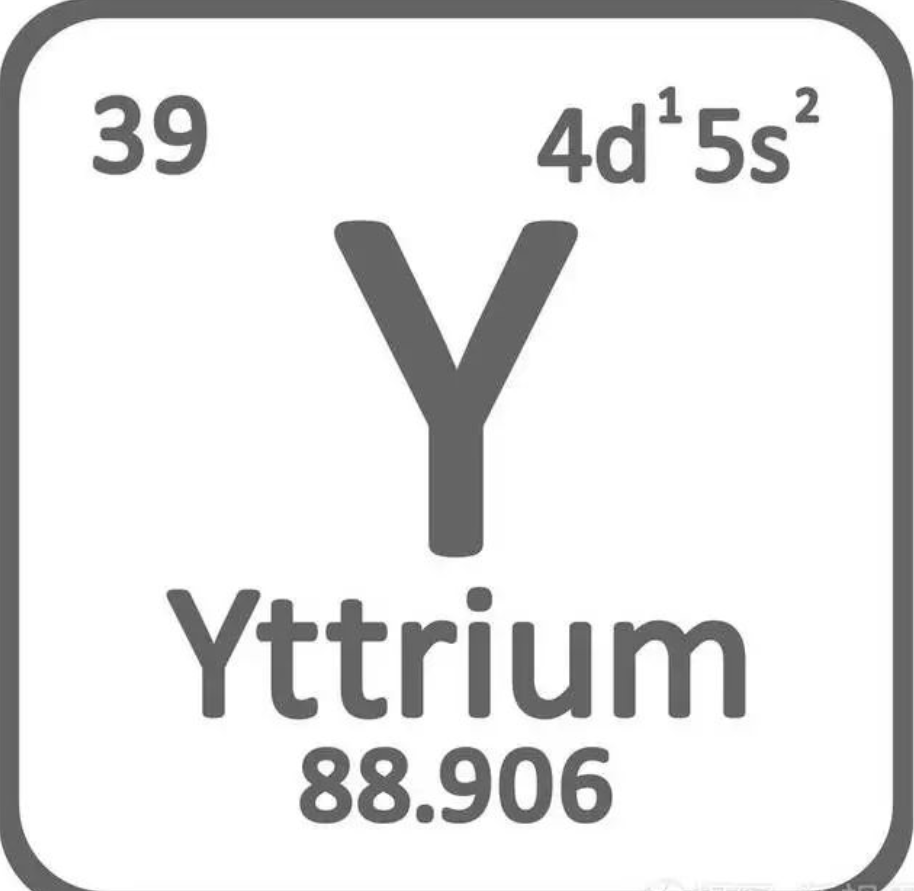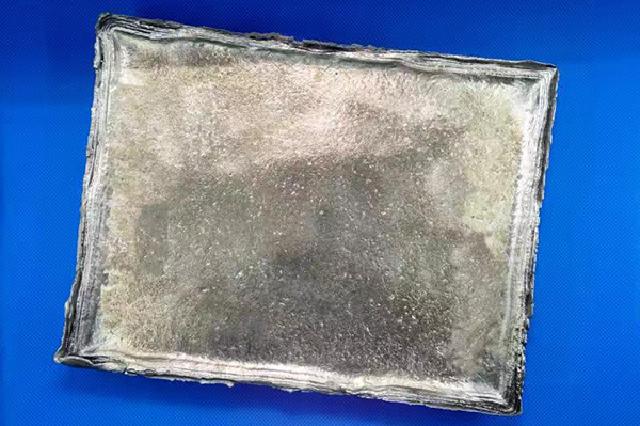Rare earth element | yttrium (Y)
In 1788, Karl Arrhenius, a Swedish officer who was a amateur who studied chemistry and mineralogy and collected ores, found black minerals with the appearance of asphalt and coal in the village of Ytterby outside Stockholm Bay, named Ytterbit according to the local name.
In 1794, the Finnish chemist John Gadolin analyzed this sample of Itebite. It was found that in addition to the oxides of beryllium, silicon, and iron, the oxide containing 38% of unknown elements is called “new earth”. In 1797, Swedish chemist Anders Gustaf Ekeberg confirmed this “new earth” and named it yttrium earth (meaning the oxide of yttrium).
Yttrium is a widely used metal with the following main uses.
(1) Additives for steel and non-ferrous alloys. FeCr alloys typically contain 0.5% to 4% yttrium, which can enhance the oxidation resistance and ductility of these stainless steels; After adding an appropriate amount of yttrium rich rare earth mixture to MB26 alloy, the overall performance of the alloy is significantly improved, which can replace some medium strength aluminum alloys for use in aircraft load-bearing components; Adding a small amount of yttrium rich rare earth to Al Zr alloy can improve the conductivity of the alloy; This alloy has been adopted by most domestic wire factories; Adding yttrium to copper alloys improves conductivity and mechanical strength.
(2) Silicon nitride ceramic materials containing 6% yttrium and 2% aluminum can be used to develop engine components.
(3) Use a 400W neodymium yttrium aluminum garnet laser beam to perform mechanical processing such as drilling, cutting, and welding on large components.
(4) The electron microscope fluorescent screen composed of Y-A1 garnet single crystal wafers has high fluorescence brightness, low absorption of scattered light, good resistance to high temperature and mechanical wear.
(5) High yttrium structural alloys containing up to 90% yttrium can be used in aviation and other applications that require low density and high melting point.
(6) At present, yttrium doped SrZrO3 high-temperature proton conducting material has attracted much attention, which is of great significance to the production of fuel cells, electrolytic cell and gas sensors requiring high hydrogen solubility. In addition, yttrium is also used as high temperature resistant spraying material, diluent of nuclear reactor fuel, permanent magnet material additive and getter in electronic industry.
Yttrium metal has a wide range of uses, with yttrium aluminum garnet used as a laser material, yttrium iron garnet used for microwave technology and sound energy transfer, and europium doped yttrium vanadate and europium doped yttrium oxide used as phosphors for color televisions.

